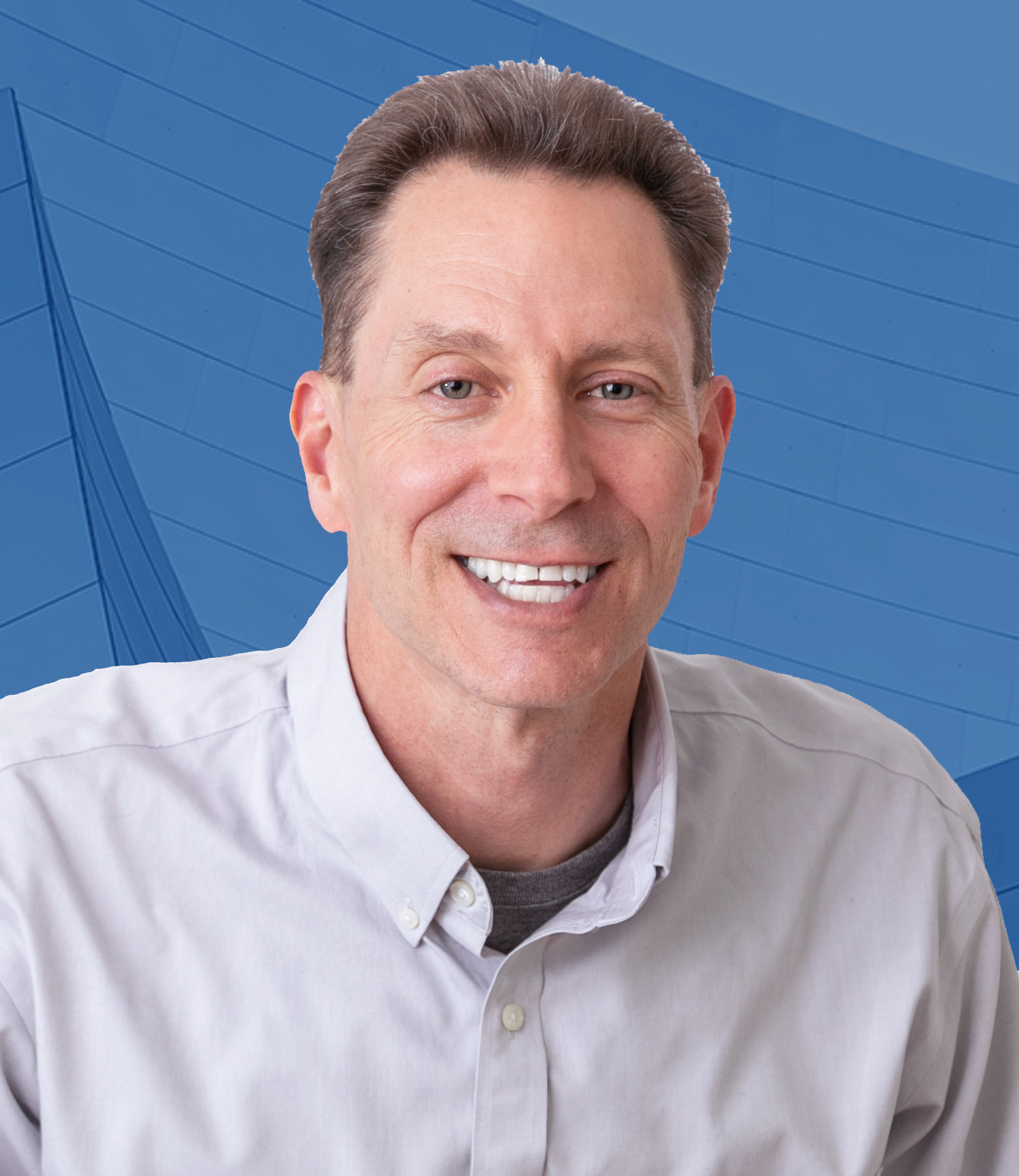Making a change is hard. We always assume the worst when we pursue new avenues and opportunities. Whether we are stuck in a relationship that makes us unhappy or a job that leaves us lukewarm and unsatisfied, we think to ourselves, “Better the devil you know than the devil you don’t.”
This line of reasoning makes sense on the surface. As humans, we experience loss aversion. Research indicates that the joy we get from gain is only half as powerful mentally as the pain we feel from losing.
This puts you in a predicament. You want to leave your job, but you don’t want to lose it. Whether you are gaining prestige and a sense of identity or just punching the clock at work, the thought of no longer having that base of stability keeps you from taking the steps you need to in order to live a more fulfilling life.
Leveraging Loss Aversion
In order to overcome this hump, one of the most effective things you can do to propel yourself into your best life is to stop dreaming about what you’d gain from changing to a new job and start thinking about what you are losing by keeping your current one.
Are you losing out on a sense of freedom? Are you losing out on extra time with your children who will be grown in the blink of an eye? Are you losing out on having a more meaningful life?
Spend 10 minutes today writing down everything that you don’t have and aren’t doing because you are not quitting your job.
Redefining Failure

Another way to avoid the trap of loss aversion is to redefine failure. Find a way to make it clear to yourself that being less than you could be is failing. Living a “life of quiet desperation” is failure. Putting time and effort into lining someone else’s pockets is failure.
Under your list of what you’re losing, write a few sentences about what failing in life means to you.
Making a Decision
Now that you have some clarity on what staying at your current job is costing you, you can make a well-informed decision about whether to quit.
Our conscious brain is constantly attempting to resolve uncertainty in our environment. Ambiguity breeds anxiety. Make the decision to quit and a lot of that uneasiness will go away.
Pencil a day in on your calendar and dedicate yourself to putting in your notice. Set up a few steps in between to take action and secure your next opportunity. With these actions, you will feel more at ease and more able to focus on taking the steps necessary to pursue your dream.


